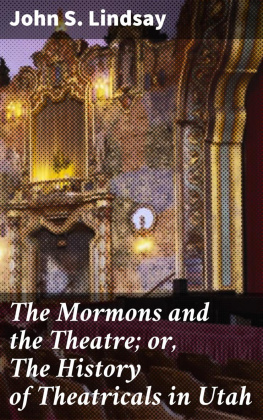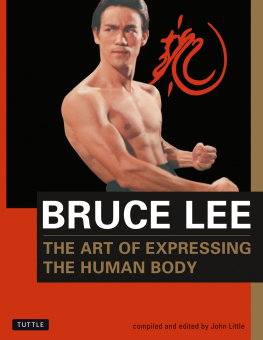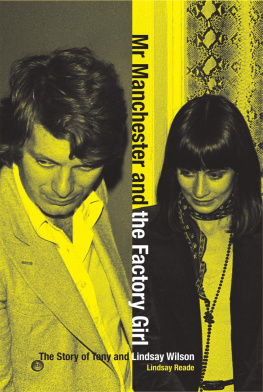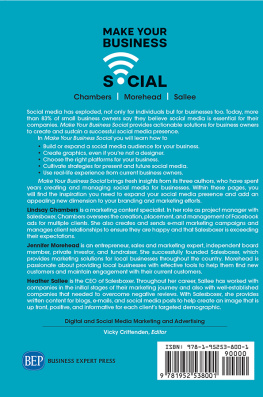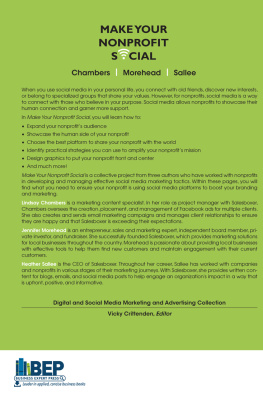

To Julie, Sam and Alex,
for sticking with me as I delved into the oftenesoteric world of the gramophone. To Emile Berliner, for starting it all.
Fonthill Media Language Policy
Fonthill Media publishes in the international English language market. One language edition is published worldwide. As there are minor differences in spelling and presentation, especially with regard to American English and British English, a policy is necessary to define which form of English to use. The Fonthill Policy is to use the form of English native to the author. Bruce Lindsay was born and educated in Great Britain; therefore, British English has been adopted in this publication.
Fonthill Media Limited
Fonthill Media LLC
www.fonthillmedia.com
First published in the United Kingdom and the United States of America 2020
British Library Cataloguing in Publication Data:
A catalogue record for this book is available from the British Library
Copyright Bruce Lindsay 2020
ISBN 978-1-78155-760-0
The right of Bruce Lindsay to be identified as the author of this work has been asserted by him in accordance with the Copyright, Designs and Patents Act 1988.
All rights reserved. No part of this publication may be reproduced, stored in a retrieval system or transmitted in any form or by any means, electronic, mechanical, photocopying, recording or otherwise, without prior permission in writing from Fonthill Media Limited
Typeset in 10pt on 13pt Sabon
Printed and bound in England
Acknowledgements
I contacted many people while writing this book and almost without exception they responded with help, support or advice. I have tried as much as possible to take on board the sage advice I was given and I have incorporated numerous insights gained from interviews into the text.
Dave Guttridge (a.k.a. DJ78) and Professor Steve Baker deserve particular thanks for being with me from the start, freely giving me their thoughts and insights, usually in some of Norwichs finest coffee houses. A big Thank You goes to Mike and Liz Delf, first-generation rock n roll fans, for their stories and their Dansette. I would also like to thank the following people, whose contributions helped me to make sense of what turned out to be a far more complicated story than I first imagined: Paul Buck, Greg Butler, Garth Cartwright, Catherine Clarke, Michael Cumella, Tony Cleary, Phil Dravec-Delf, Lewis Durham, Jenny Hammerton (of the Shellac Sisters), Francesco Martinelli, Courtney Pine CBE, Christopher Proudfoot, Karla Richards (a.k.a. Karla Chameleon), Joel Schlemowitz, Peter Wilson (a.k.a. Duke Special), Lucy Wright PhD. My thanks also go to the staff at the Accademia Nazionale del Jazz, Siena; Kate OBrien and colleagues at the BBC Written Archive; Future Radio; the staff of the History of Advertising Trust; Graeme Clarke and colleagues at Erddig, Bethan Partridge and colleagues at Felbrigg Hall and Helen Taylor, House Steward at Polesden Lacey (all properties in the care of the National Trust); Gemma Layton and Daniel Brine at the Norfolk and Norwich Festival; the staff of the Norfolk Record Office; Radio Norfolk; the volunteers at the RAF Oulton Museum at Blickling; and Jay Slater and the team at Fonthill Media.
As always, if there are any mistakes or inaccuracies to be found in the text, the fault lies with me alone, however much I wish that this was not the case.
Plates Section

A convivial evening at home with the piano. The gramophone would soon put a stop to such sophisticated family entertainment.

Oxford Records make the grandiose claim that their cylinder recordings are Good. (Courtesy of the Accademia Nazionale del Jazz, Siena)

Charing Cross, early 1900shome to the EdisonBell Consolidated Phonograph Company Limited.

The Cecil and Savoy Hotels on the Strand, early 1900s. William Barry Owen based himself at the Cecil when he arrived in Londonthe Strand would become the epicentre of the Gramophone Companys emerging empire.

Gertie Millar, c. 1907. Miss Millar was a musical comedy star who took advantage of the gramophone to record her bestknown songs.

Isabel Jay, c. 1906. Miss Jay was a star of light opera and the London stage, who, like Miss Millar, seized the chance to record some of her most popular songs.

The Recording Angel fills up the blank side of a Gramophone Company 7inch record. (Courtesy of the Accademia Nazionale del Jazz, Siena)

HMV warns of the dangers of improper storage and recommends its record albums as the perfect solution.

The Songster Companys Gramophone Hint No. 5 offers some advice on keeping your records in tiptop condition.

Nipper adorns the lid of a tin filled with loud tone needles. (Courtesy of Dave Guttridge)

Luigi Mancinelli, composer of the undistinguished St Agnes, which even gramophone effects failed to enliven. (Courtesy of the Norfolk and Norwich Festival)

A Salkinds advertisement from the 1908 Norfolk and Norwich Festival programme: pianos still reigned supreme although Genuine Gramophones were now available. (Courtesy of the Norfolk and Norwich Festival)

Thorn needlesan alternative to the more usual metal needles. (Courtesy of Dave Guttridge



